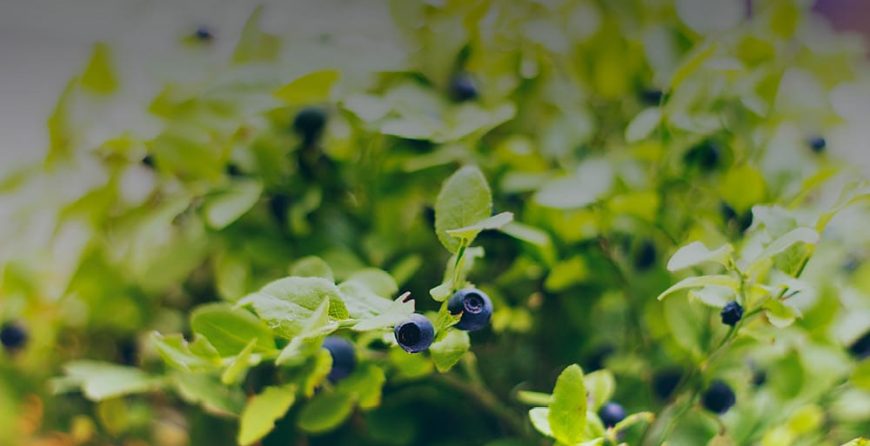 In our last post, we discussed the best ways to get your indoor garden up and running during the colder months. Since you’ll probably want to grow more than carrots and garlic, we’re expanding on the topic a little bit further today.
In our last post, we discussed the best ways to get your indoor garden up and running during the colder months. Since you’ll probably want to grow more than carrots and garlic, we’re expanding on the topic a little bit further today.
Getting Your Peppers Poppin’
Sweet peppers are such a staple that giving them up for the winter months can be a little depressing. They’re tropical perennials, which makes them tricky to grow indoors but you can certainly give it a shot. You might have better luck with hot peppers, however. Most gardeners have a positive experience when they start new hot pepper plants from seed or bring potted plants inside from their gardens. If you’re bringing hot peppers in from your garden, be sure to do so in the late summer or early fall. Be prepared for a reduced harvest, but they should bloom for you.
Peppers should be in a container that’s at least 8 inches tall. As a vegetable that needs about 10 hours of light each day, they’re a little more demanding. Water them regularly but don’t overdo it. Allow the container to dry out before watering your peppers again.
Pro tip: Peppers are self-pollinating, but you should help them along in the winter months. Gently shake the plants to knock the pollen from one flower to another or use a Q-tip to brush pollen onto each flower.
Encouraging Your Lettuce and Other Greens to Bloom
Lettuce is great for growing indoors because you can cut it and watch it sprout again. Lettuce has shallow roots so a shallow container will do just fine. Use something between 2 and 4 inches deep and keep the soil damp. When placing the seeds, sow them gently and press them into the top of the soil. Keep the seeds moist by misting them and they should start to germinate in a week.
Whether you’re growing lettuce or other greens, let them reach 4 to 6 inches tall before enjoying the yield. When harvesting, avoid pulling from or cutting the center of the plant so it will continue to grow.
Growing Smaller Greens Such as Radish, Kale, and Basil
Baby, fresh sprouts are easiest for growing indoors, especially if you’re in an apartment or condo. They take up little space and are relatively low maintenance. Greens like beets, kale, chard, basil, and radish can be harvested as seedlings. You’ll need a small amount of soil (about 2 inches) and a tray to get these guys started.
Fill the tray with soil, get it nice and moist, and spread the seeds around. Don’t get too carried away, though. Try to barely cover the seed with soil and then gently press them in so they don’t dry out. Tend to the seeds by watering them with a gentle stream or spray so the soil doesn’t dry out. Germination should happen within a few days.
Harvesting Tomatoes Indoors
Traditionally, we’re used to letting go of our precious tomatoes at the end of the summer season. They’re tropical perennials, so tomato plants from your garden will likely die off if you bring them inside. If they’re anything like most varieties, they were probably already giving you problems at the end of the season and they’re huge. Therefore, starting a new plant from seed is the best way to go during the winter time.
Since tomatoes germinate quickly, getting them started will take little effort. When the seedlings reach 3 to 4 inches tall, put them in their permanent container and allow them to have at least 10 hours of light each day. It’s a lot of light, but since they’re fruiting plants, they’ll need it in the winter.
Continue to support your indoor tomato plants by giving them water-soluble organic fertilizer when you place them into their new pots. Gently shake them on a regular basis since the pollinators (bees) are hibernating. Without pollination the fruits won’t form, so don’t forget this step!


